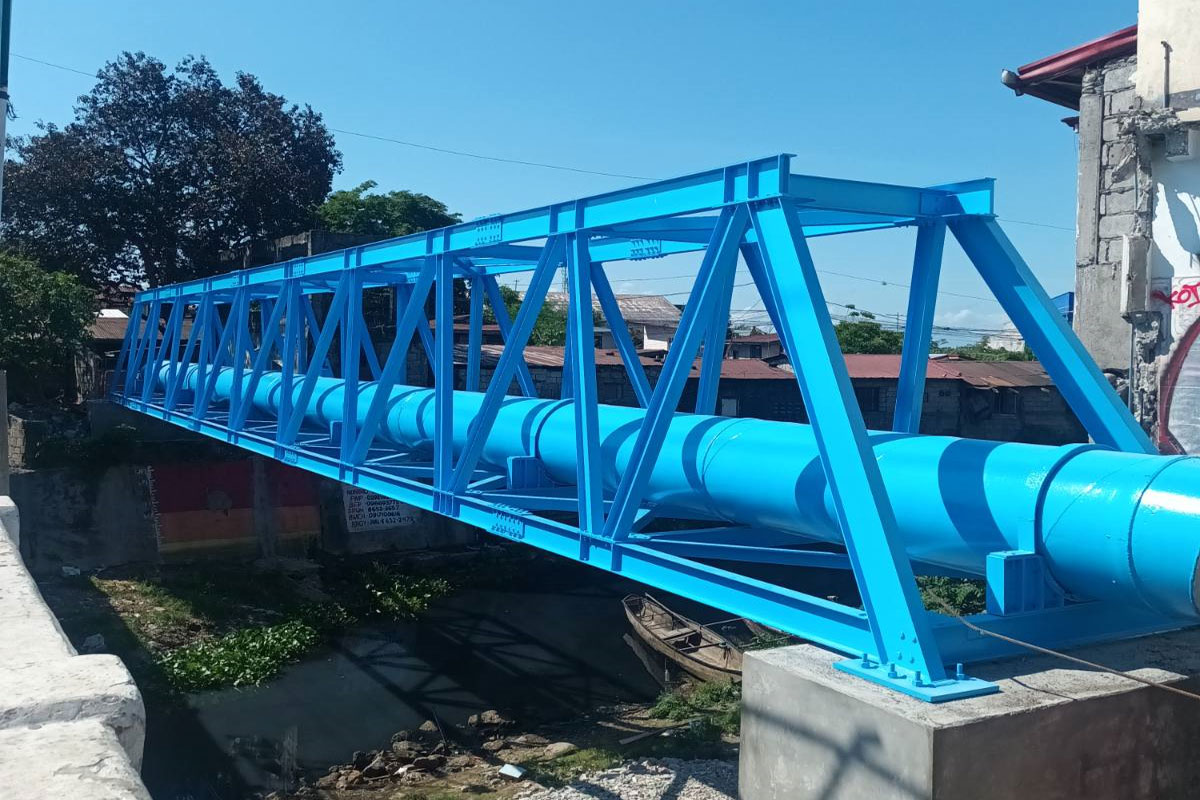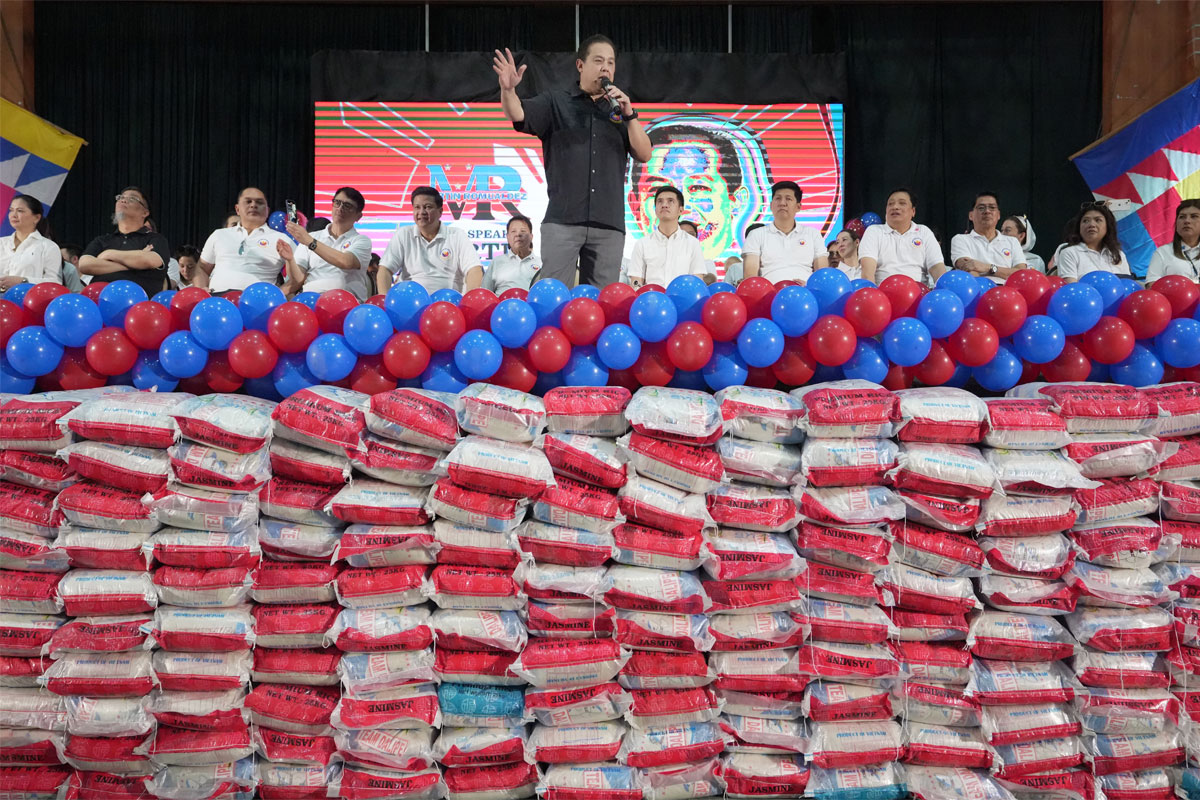
Vaccine trials in areas affected by ASF start
THE initial vaccine trials in areas previously affected by the dreaded African Swine Fever (ASF) in the country have started.
Agriculture Secretary William Dar said the agency’s Bureau of Animal Industry (BAI) in collaboration with a US vaccine company, and Zoetiz, a global animal health company, started the ASF vaccines trials last April 23 with 10 commercial swine farms participating.
Dar explained that the vaccine trials complement the DA’s ongoing ‘Bantay ASF sa Barangay’ program.
“We consider it as the proverbial ‘light at the end of the tunnel’ that would free us from this dark episode that adversely affected our swine industry, and pork supply and prices. Once proven effective, the ASF vaccine will serve as a potent tool, complementing our joint efforts with the LGUs, private sector, and hog raisers to effectively control, contain and manage the spread of the ASF, thus paving way for the industry’s faster recovery,” Dar added.
The BAI personnel and veterinarians will conduct the ASF vaccine trials for 84 days, in line with the current protocols set by the government technical working group, the vaccine manufacturer and Zoetis Philippines, Inc.
Zoetis is the major collaborator of the experimental new vaccine for ASF, which has prevented the virus from killing pigs in an early trial in other countries.
“We are now coordinating with the provincial veterinarians on the conduct of the vaccine trials to ensure successful implementation. Likewise, our BAI veterinarians have already undergone orientation and are ready for deployment,” Dar stressed.
“The trials in the respective farms will depend on the agreement by the concerned parties, the availability of trial animals, schedule of the farm and BAI veterinarian and Zoetis representatives,” he added.
Dar expressed optimism the vaccine trials yield positive results to put an end to the disease that crippled the country’s hog industry, causing loss of livelihood and incomes to backyard and commercial raisers, substantially reducing hog population and supply, and pushing pork prices to unprecedented levels, to the detriment of consumers.


















